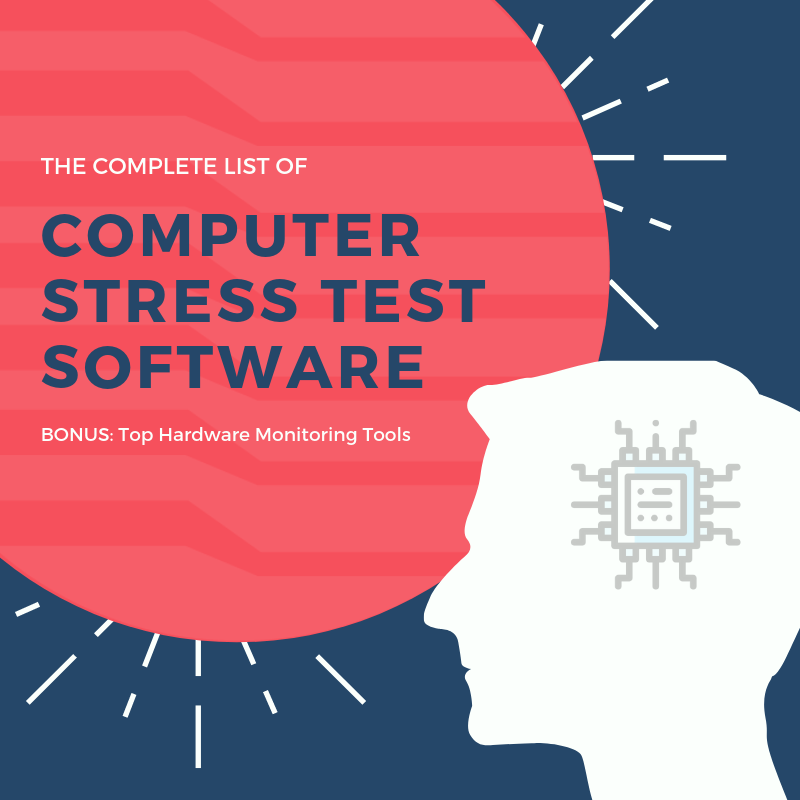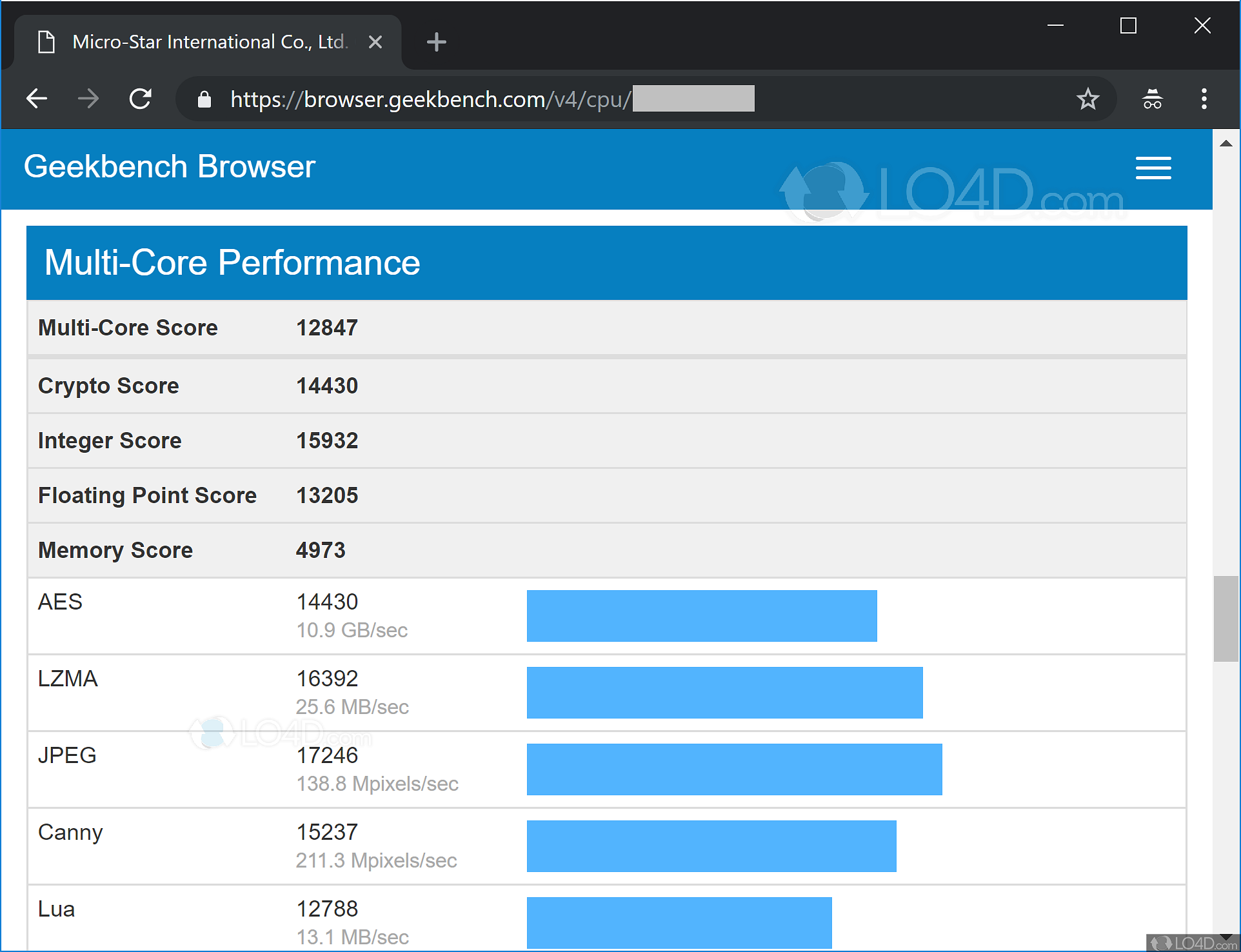

You can use this to monitor the CPU, memory, I/O bandwidth, and GPU utilization of your system as well as the CPU and GPU temperatures. I like to use tmux to split my terminal and have htop, sudo iotop, watch sudo sensors, and watch nvidia-smi running simultaneously. gpu_burn 60 # will run gpu_burn for 60 seconds Monitor with htop, nvidia-smi, and sensors.
#Cpu stress test programs install
Stress -cpu `nproc` -vm `nproc` -vm-bytes 1GB -io `nproc` -hdd `nproc` -hdd-bytes 1GB -timeout 60s Install and run gpu-burn git clone # `nproc` workers writing to disk (write / unlink) # `nproc` Virtual Memory workers (malloc / free) # Run a stress test with `nproc` CPU workers (sqrt) For each stress test utility, we conducted the benchmark using the 'Heat Generation' setting, for example, we used the Small FFTs mode for Prime95 which maximizes CPU heat generation. sudo apt-get install -y stress htop iotop lm-sensors On Ubuntu, you can install stress, htop, and iotop via apt-get. This article assumes you have the proper GPU drivers in place, check out Lambda Stack if you need to install CUDA, CuDNN, and the NVIDIA drivers. The easiest way to make your own monitoring tool with the output of a script is with the watch command.

You may also turn on looping with this Burn-In setting. Burn-in Test: Enables all Intel PDT features and runs Intel PDT stress test for 120 minutes. Functional Test: Enables all Intel PDT features and runs Intel PDT stress test for minutes.

To stress test a system for simultaneous GPU and CPU loads, we'll use two stress tools: stress and gpu_burn, and three monitoring tools: htop, iotop and nvidia-smi. Run Genuine Intel, Brand String, and Frequency Test. Often times you'll want to put a system through the paces after it's been set up. This stress test is running on a Lambda GPU Cloud 4x GPU instance. CPU, GPU, and I/O utilization monitoring using tmux, htop, iotop, and nvidia-smi.


 0 kommentar(er)
0 kommentar(er)
